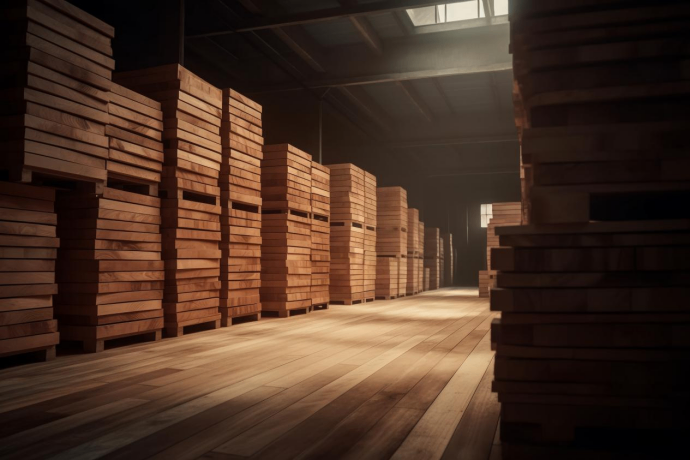In the ever-evolving world of construction, building materials play a pivotal role. The choice of building materials not only determines the durability and strength of a structure but also has a significant impact on the environment and the overall quality of life.
Traditionally, materials like concrete, steel, and bricks have dominated the construction industry. However, with the growing concern for sustainability, a remarkable shift towards more eco-friendly building materials. For instance, bamboo is emerging as a popular choice. It is a renewable resource that grows quickly and can be processed into strong and durable building materials. In fact, it can be used for everything from flooring to structural support, making it a versatile alternative to traditional wood.
Image Source:699pic
Another innovative material is recycled plastic. Many companies are now using recycled plastic to create building materials such as composite boards and insulation. This not only reduces the amount of plastic waste in landfills but also provides a cost-effective and energy-efficient option for construction.
The development of green building materials is also driven by the need to reduce carbon emissions. For example, some new types of cement are being developed that have a much lower carbon footprint than traditional Portland cement. These new cements use alternative raw materials and production processes that emit less greenhouse gases.
In addition to being environmentally friendly, modern building materials are also becoming more technologically advanced. Smart materials, such as self-cleaning glass and thermochromic coatings, are being used to improve the energy efficiency and functionality of buildings. Self-cleaning glass uses a special coating that breaks down dirt and grime when exposed to sunlight, reducing the need for manual cleaning and saving water. Thermochromic coatings change color depending on the temperature, helping to regulate the amount of heat that enters a building.
However, the adoption of new building materials also comes with some challenges. One of the main challenges is the lack of awareness and understanding among builders and consumers. Many people are still unfamiliar with the benefits and applications of new and sustainable building materials. Another challenge is the cost. Some of the new materials can be more expensive than traditional materials, which can limit their widespread use.
Despite these challenges, the future of building materials looks promising. With continued research and development, we can expect to see even more innovative and sustainable materials in the years to come. These materials will not only help to reduce the environmental impact of construction but also improve the quality and functionality of our buildings. As the demand for sustainable construction grows, it is essential that the construction industry continues to explore and adopt new building materials to meet the needs of the future.
